Selected Plants of Navajo Rangelands
Penstemon
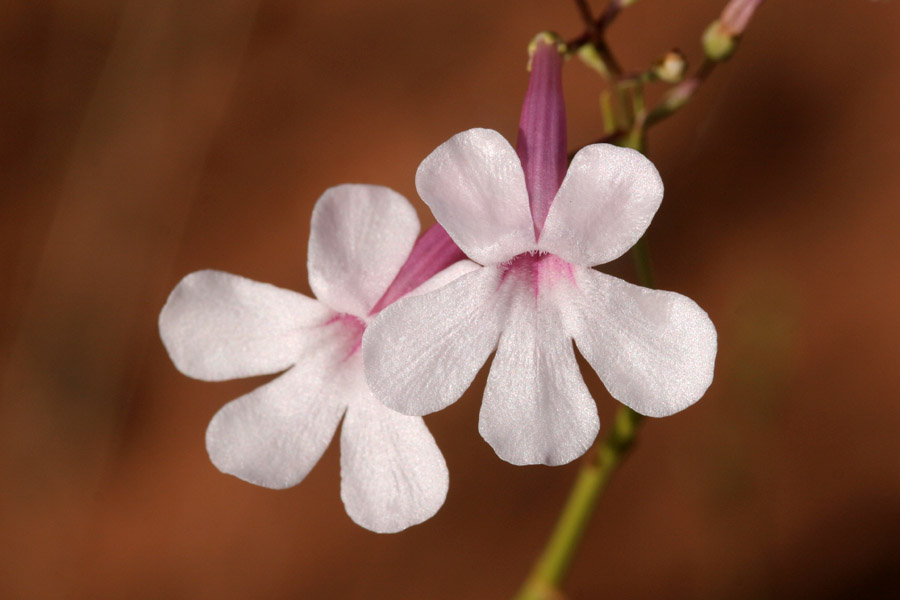
Penstemon species are native to the United States, with different species occupying different geographical areas. The plants are common in the west, where they provide forage for wildlife, particularly deer, antelope, and birds. They are considered of minimal grazing value for livestock, but they provide erosion control and diversity in grass and range ecosystems.
Penstemons display a variety of colors, but red, purple, and pink are the most common in the Navajo rangelands. The flowers can be distinguished by their consistent shape, which is tubular with a two-lobed upper lip and a three-lobed lower lip. The flowers have five stamens, four of which are fertile (pollen-bearing). The common name "beardtongue" derives from the fuzz or hair often found on the sterile stamen, though not all species of pentstemon display this trait.
Species of penstemon on the Navajo Endangered Species List:
- Penstemon navajoa, Navajo penstemon (Group 3, Navajo Endangered Species List)
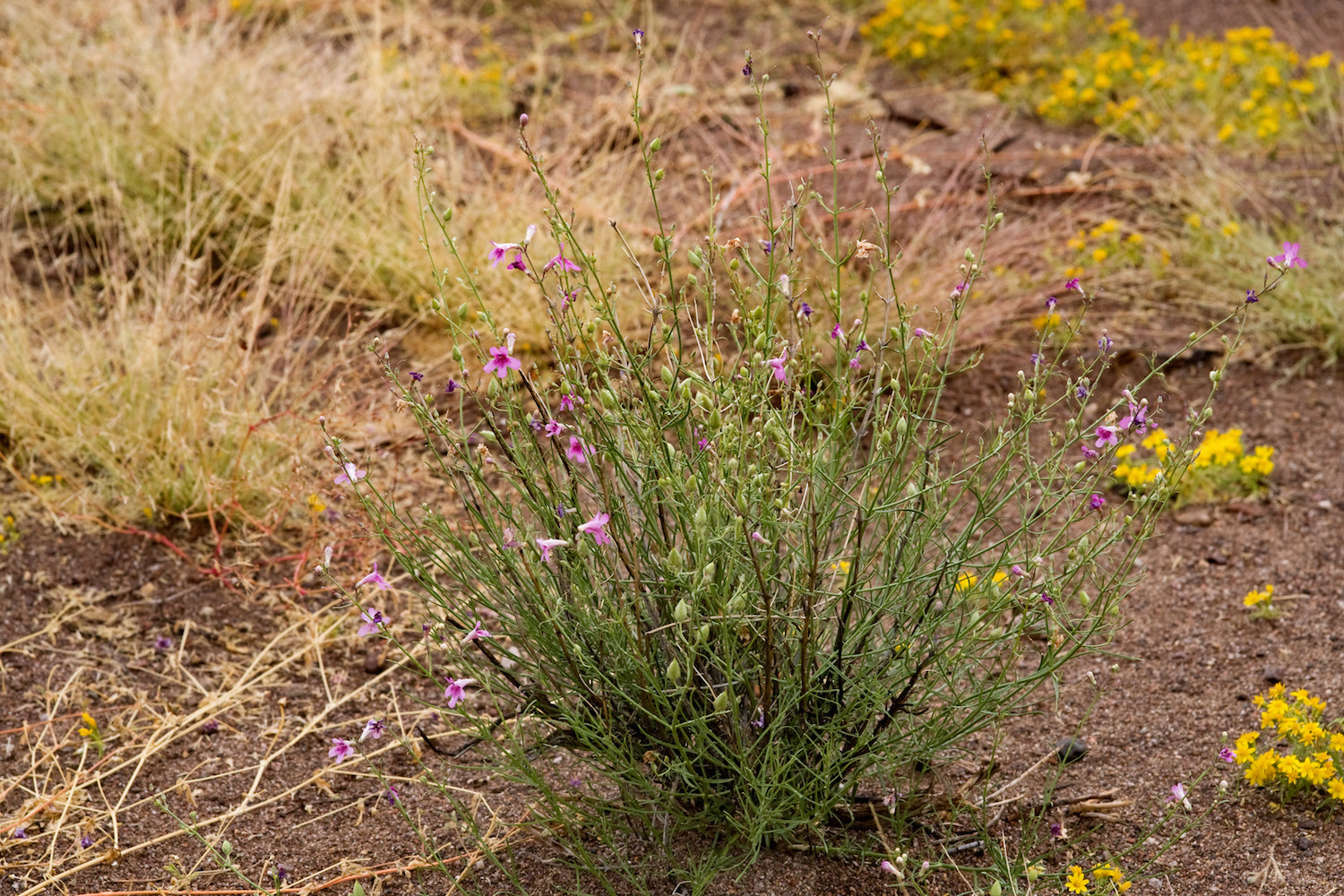
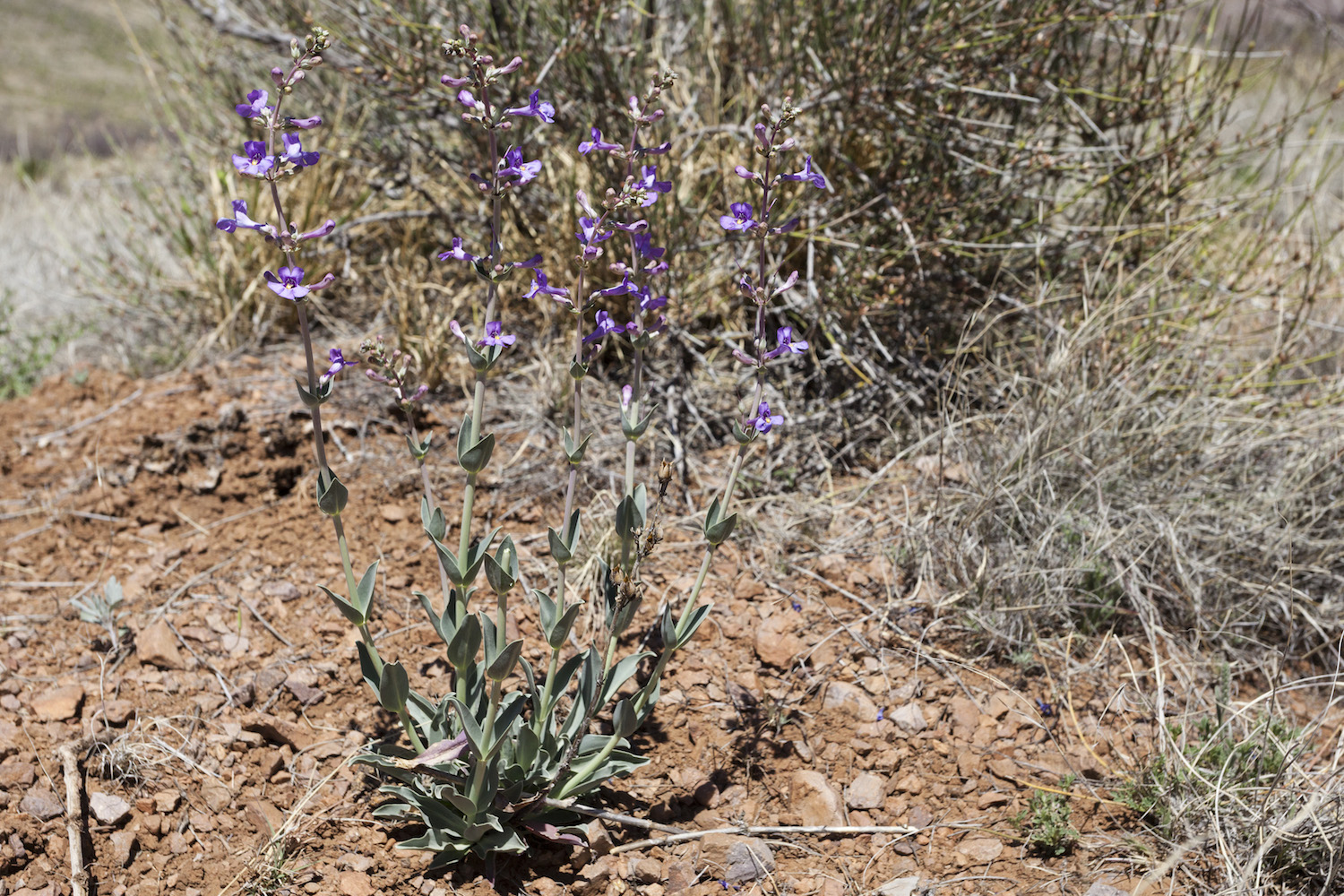
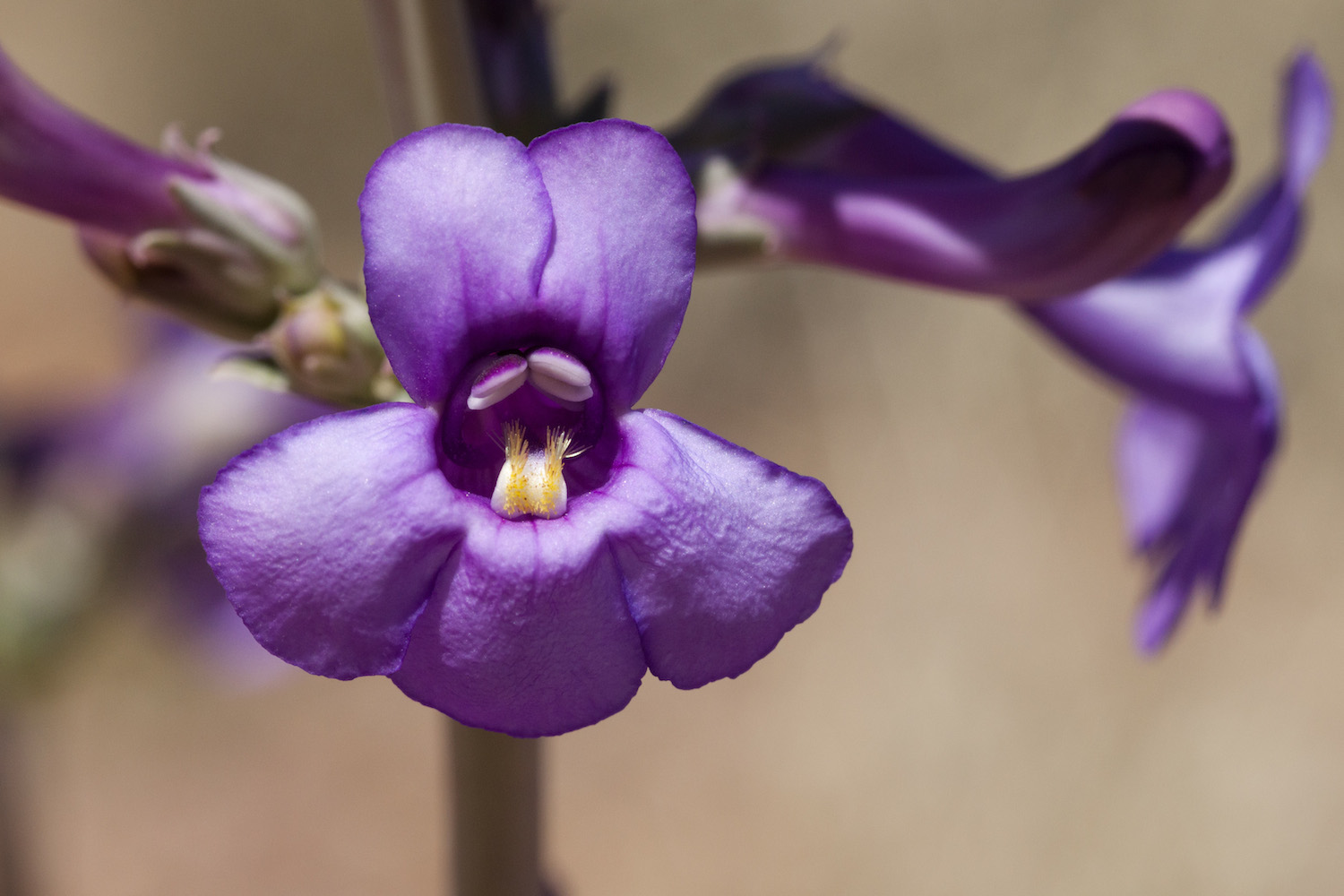
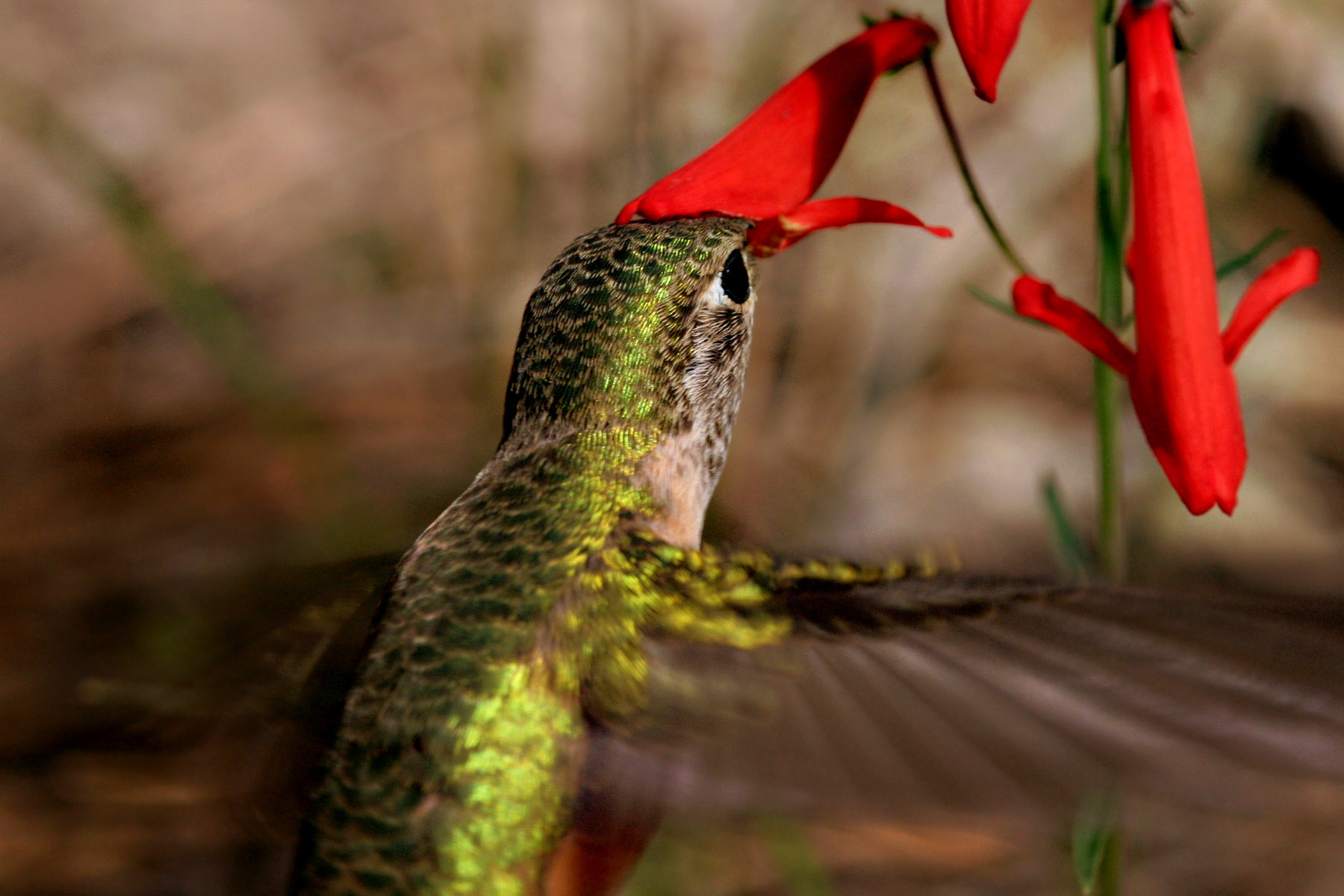
©2018 NMSU Board of Regents.
Individual photographers retain all rights to their images.
Partially funded by the
Western Sustainable
Agriculture Research and Education Program
(westernsare.org; 435.797.2257),
project EW15-023.
Programs and projects supported by Western SARE are
equally open to all people.